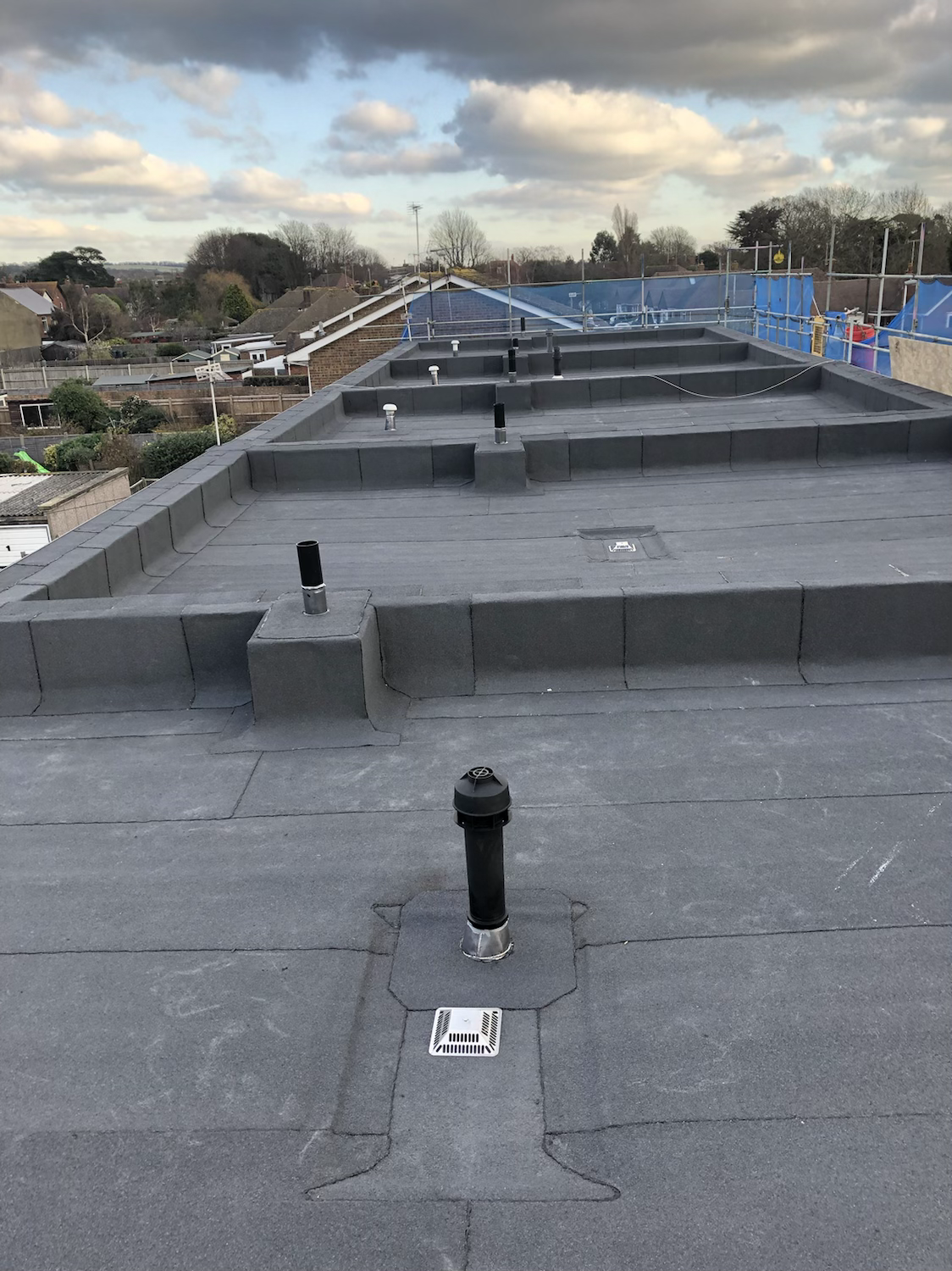Unlocking the Secrets of Effective Roof Ventilation for Maximum Energy Efficiency
- Matt Rayner

- Jan 30
- 3 min read
Roof ventilation is crucial for keeping homes and buildings energy-efficient. When done right, it helps control temperature, reduces energy costs, and extends the life of roofing materials. Surprisingly, many homeowners overlook this important aspect of their properties.
In this post, we will discuss why roof ventilation matters, the different types available, how to evaluate your current system, and effective strategies for optimization to enhance your home's energy efficiency.
The Importance of Roof Ventilation
Good roof ventilation ensures proper air circulation, allowing excess heat and moisture to escape from the attic space. This is especially important in summer when trapped heat can raise indoor temperatures by up to 20 degrees Fahrenheit. This elevation can lead to increased reliance on air conditioning, resulting in higher energy bills.
Moreover, effective ventilation helps prevent condensation, which can cause mold growth. According to the Environmental Protection Agency, mold can trigger allergies and respiratory issues in vulnerable individuals. Up to 10% of homes in the U.S. experience significant mold problems due to inadequate ventilation. By maintaining a well-ventilated roof, homeowners can create a healthier environment and protect their investment.
Types of Roof Ventilation Systems
There are three primary types of roof ventilation systems: passive, active, and hybrid systems.
Passive Ventilation
Passive ventilation depends on natural airflow and features options like ridge vents, soffit vents, and gable vents. These systems require no electricity, making them cost-effective and low-maintenance. For example, a properly installed ridge vent can reduce attic temperatures significantly, helping to improve overall energy efficiency without any operational costs.
Active Ventilation
Active systems use fans to pump air into the attic, creating airflow irrespective of weather conditions. These can be controlled by thermostats, activating only when internal temperatures exceed set levels. For instance, a well-placed attic fan can lower attic temperatures by as much as 30 degrees on hot days, reducing the load on air conditioning units and potentially trimming cooling costs by 20% or more.
Hybrid Systems
Hybrid systems combine both passive and active methods. For instance, using both ridge vents and fans means versatile operation under various conditions. This setup efficiently enhances air circulation, especially in homes experiencing extreme temperature variations.
Assessing Your Current Roof Ventilation
Evaluating your current roof ventilation is a necessary step before making any optimizations. Follow these steps to guide your assessment:
Inspect for Blockages: Look for debris or blockages in vents that may hamper airflow. Clearing these areas can enhance ventilation performance.
Temperature Checks: Use a thermometer to measure attic temperatures in hot weather. The ideal temperature should be 10 to 20 degrees cooler than the outside temperature. If not, it may indicate poor ventilation.
Condensation Issues: Check for signs of moisture or condensation in the attic. Visible moisture often signals the need for better ventilation solutions.
Professional Evaluation: Reach out to a qualified contractor for a thorough review. They can detect issues that might go unnoticed.
Best Practices for Optimizing Roof Ventilation
To maximize energy efficiency through your roof ventilation, consider these best practices:
Maintain Balance
Having a proper balance between intake and exhaust ventilation is key. An effective rule is to have one square foot of ventilation for every 150 square feet of attic floor space. This balance ensures optimal airflow without causing negative pressure, which can lead to air leakage and inefficiencies.
Regular Maintenance
Conduct regular checks to keep your ventilation system functioning well. At least twice a year, inspect for debris and ensure all vents are clear and operational.
Improve Insulation
Proper insulation helps retain indoor temperatures, reducing heat transfer and making ventilation more effective. A well-insulated attic can decrease heating and cooling costs by up to 30%. Consider upgrading to fiberglass or foam insulation, which can offer significant energy savings.
Consider Climate
Your local climate plays a crucial role in the type of ventilation system you might choose. In hotter areas, active ventilation might be essential, while cooler regions may thrive with passive options.

Enhancing Energy Efficiency through Roof Ventilation
Understanding roof ventilation is key to achieving maximum energy efficiency in your home. By recognizing its importance, exploring system types, evaluating your setup, and practicing effective strategies, you can unlock considerable energy savings and prolong the life of your roofing materials.
Taking the time to improve your roof ventilation can create a more comfortable atmosphere, decrease reliance on air conditioning, and ultimately lower utility bills. As energy efficiency becomes increasingly relevant, effective roof ventilation stands out as a practical objective for homeowners. By adopting these strategies, you can experience the benefits firsthand.
Prioritizing roof ventilation today enhances your home's comfort and contributes to a more sustainable future. Take action now and make sure your roof is performing at its best!





Comments